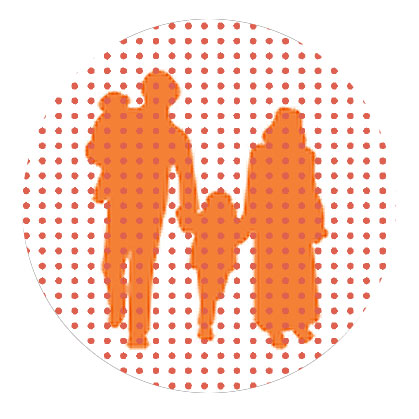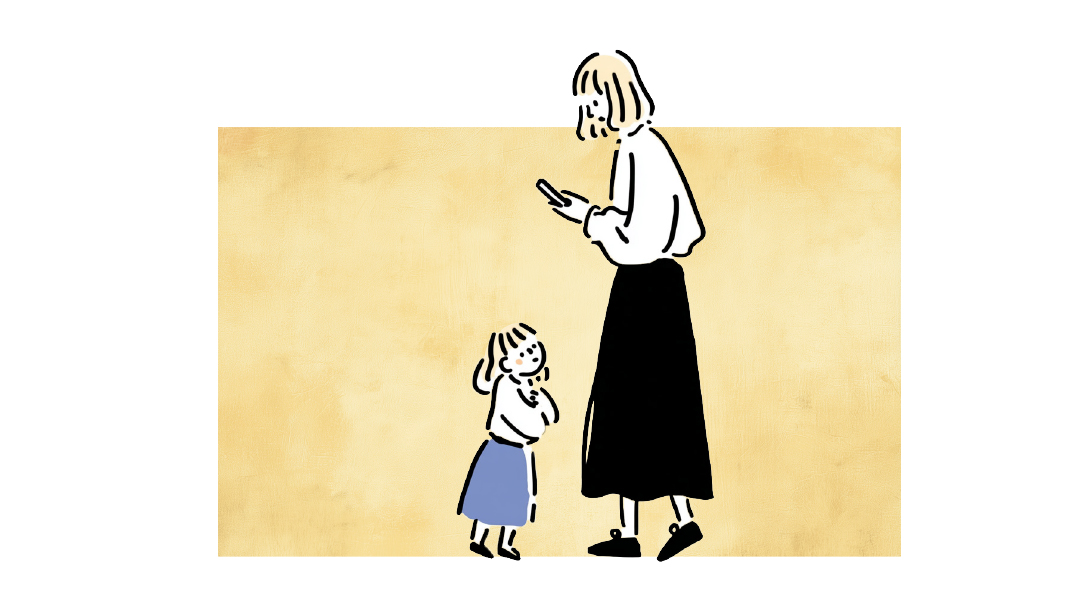Traces

Let’s use the power of Yom Kippur to clear our brains of the negative

“B
asya had asked me to tag along with her on some errands. That’s how I found myself in a yarn shop that day. I myself hadn’t picked up knitting needles since I was a child, but after spotting a pattern sitting right there on the checkout counter, I felt a craving to knit that absolutely gorgeous baby sweater for my new granddaughter.
“I impulsively purchased the pattern, some luxury yarn, a package of high-end ‘speed needles,’ and headed home, all excited to get started. It hadn’t occurred to me that I might have forgotten how to knit just because 40 years had gone by since I completed my last project!
“I immediately canceled my afternoon plans (like shopping, preparing dinner, returning the accountant’s phone call...) and spread open the pattern. Okay.
This wasn’t so bad... I still (mostly) remembered how to decipher the knitting symbols and instructions. I figured I’d better make my gauge swatch, that little square that will ensure the outfit ends up fitting a three-month-old-baby and not an elephant. All I had to do was cast on some stitches and knit straight for 42 rows. Easy enough.
“Except for the life of me I couldn’t work out how to begin. How did I hold the yarn? Did I need one hand for this job or two? Was I supposed to use the needles or just my thumb and fingers?
“I felt hopelessly lost and frustrated. How was I ever going to knit a sweater if I couldn’t even do the first row?
“But all of a sudden, a miracle occurred. My fingers remembered what to do. The yarn was twisting effortlessly in a complex dance around my hand and onto the needle. It was all coming back to me!”
Yes, after 40 years of hibernation, the neural pathway for “cast on” was awakened in this woman’s brain. Laid down in childhood and lying dormant for all of those decades, the pathway remained completely intact.
This “miracle” reflects the normal working of the human brain: Once the brain has recorded a process or experience, encoding it in its own unique neural sequence, the trace remains available for recovery. This efficient process allows us to carry out many activities automatically without having to relearn them each time we need them. It also prevents us from unseeing what we’ve seen or from unremembering the traumas that were recorded in our nervous system and physical bodies.
Trapped in Memory
Neural memory becomes visceral memory. Threats — especially those that occur in our early years — are stored in “danger circuits” that lead to a defensive tightening of our muscles. Even in adulthood, our brains record danger circuits after exposure to painful stimuli and again, these lead to a defensive tightening of our musculature.
For instance, suppose a woman is married to a bad-tempered man who routinely frightens her with his loud explosions. After some years of living with him, the woman’s brain builds a psychological suit of armor, and her muscles automatically tighten in her husband’s presence. Each painful experience she endures with him becomes a new neural memory that is added to the armor.
On Yom Kippur, when he asks her forgiveness for anything he might have said or done to harm her during the previous year, she bestows it from afar, from behind barricade after barricade of tightened muscles. She can’t relax. She can say the words, but her heart can’t open, as her heart muscles are remembering and closing tightly to prevent the entrance of further pain and damage.
Clean Slate
This is the human condition. Even when we want to forgive, our bodies may not be on the same page.
Knowing how trapped we are within our own memories allows us to truly appreciate the miracle of Hashem’s forgiveness of all of our transgressions. When Hashem accepts our teshuvah, He wipes our slate clean by wiping His slate clean, erasing the memory of our willful and accidental sins. Gone. No neural circuits. Erased as if it never happened. The miracle of Yom Kippur is that our records are dissolved with no trace left, providing us with a supernatural opportunity to help ourselves start all over again.
Keeping this in mind can transform our neural pathways; with Hashem’s vote of confidence, we can overcome whatever negative neural traces are left within our brains. Our desire to change our thoughts, feelings, and actions can now become reality. And that is a miracle, too.
(Originally featured in Family First, Issue 861)
Oops! We could not locate your form.




